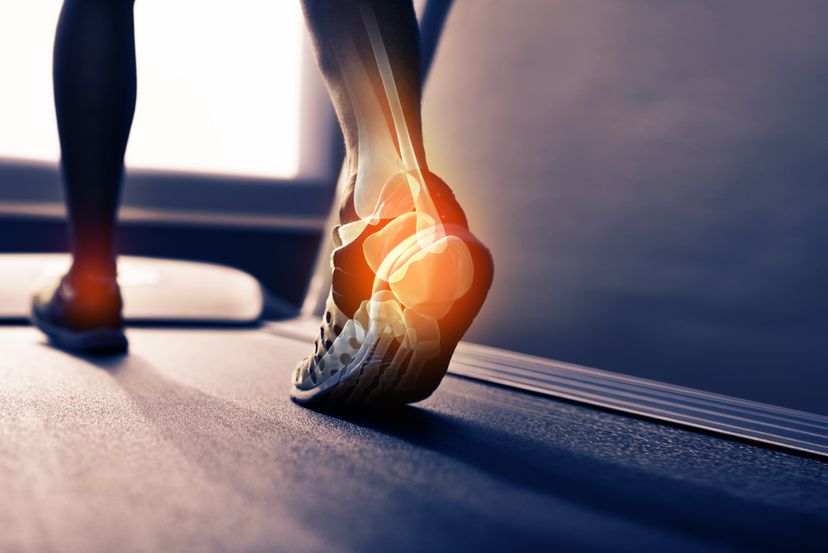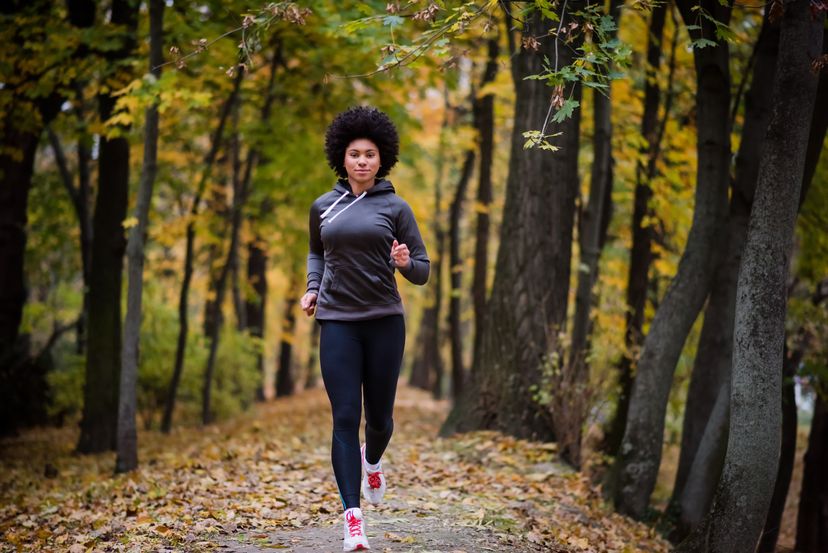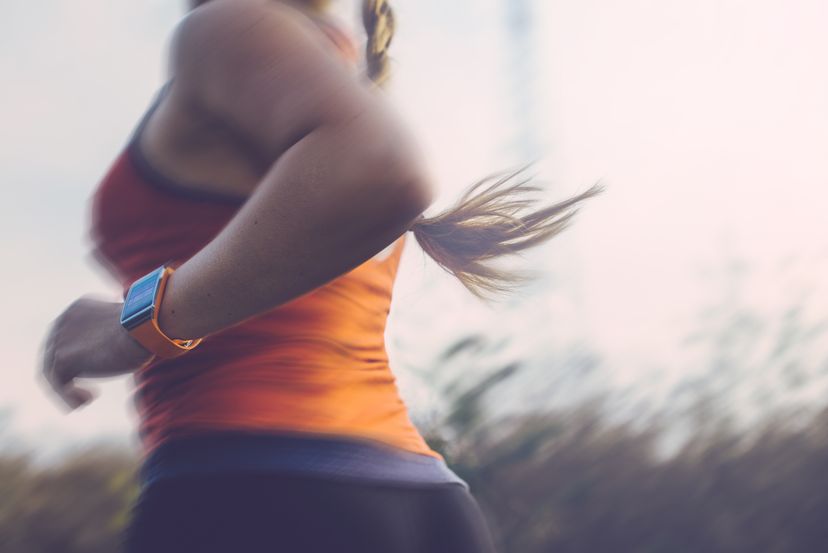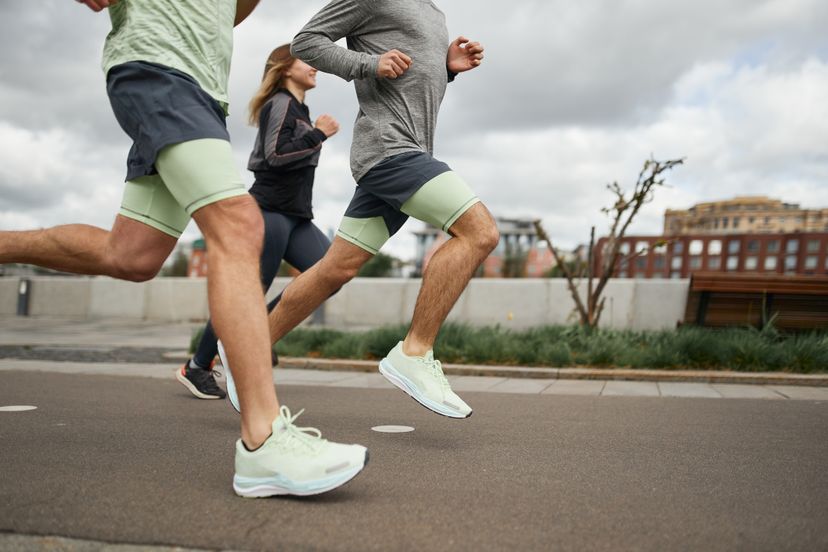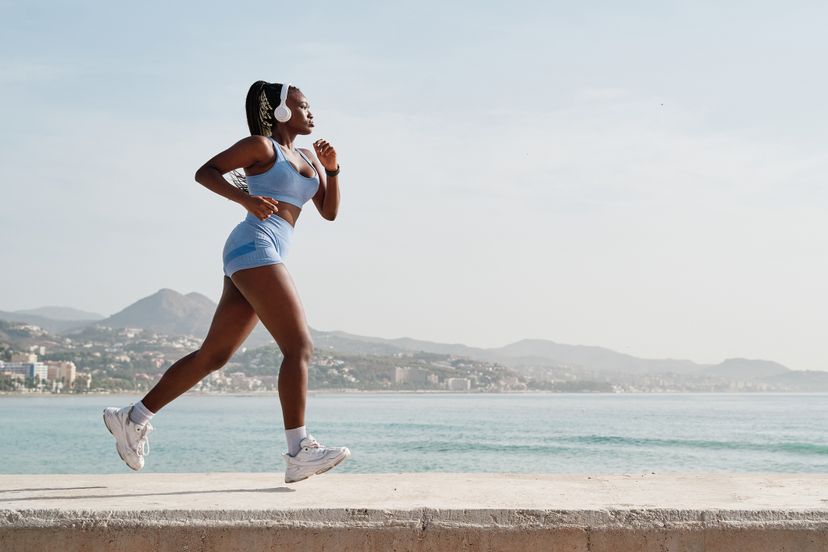
Running may be one of the most efficient, accessible ways to stay fit. It doesn't require a gym membership, and you don't need expensive equipment -- all you have to do is step out the front door and be on your way. Running is also wildly popular. According to Running USA, the number of road race participants increased from around 4 million to more than 9 million between 1998 and 2008. Hit any park or jogging trail on a nice day, and you'll likely find it populated with runners of all shapes and sizes -- from weekend warriors trying to keep the spare tire in check to seasoned marathoners putting in their daily 10 or 15 miles.
And while part of its attraction is that nearly anyone can do it, running is an activity in which small variables can make a big impact over the course of a 2- or 3-mile (3- to 5- kilometer) jog. One of these variables is proper running form, which many runners -- particularly newbies -- ignore. In this article, we'll explore the role form plays in running and how applying certain techniques can improve performance, efficiency, endurance and even help prevent injuries.
Advertisement

